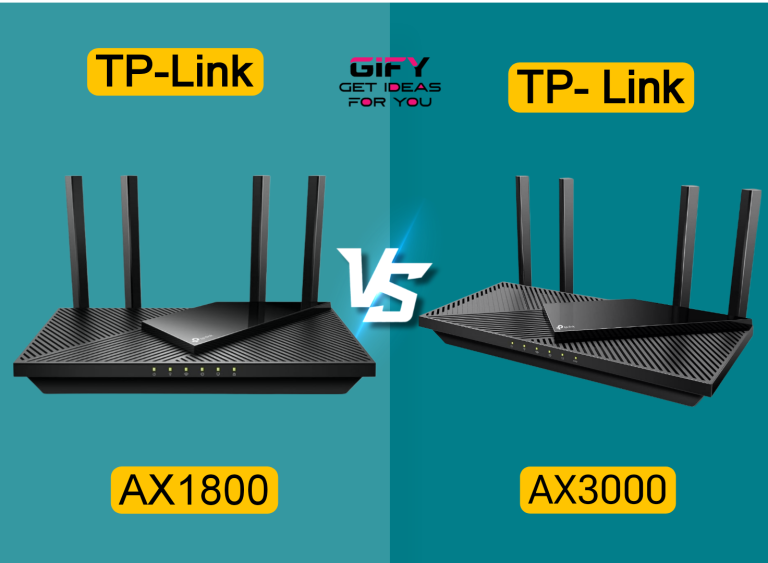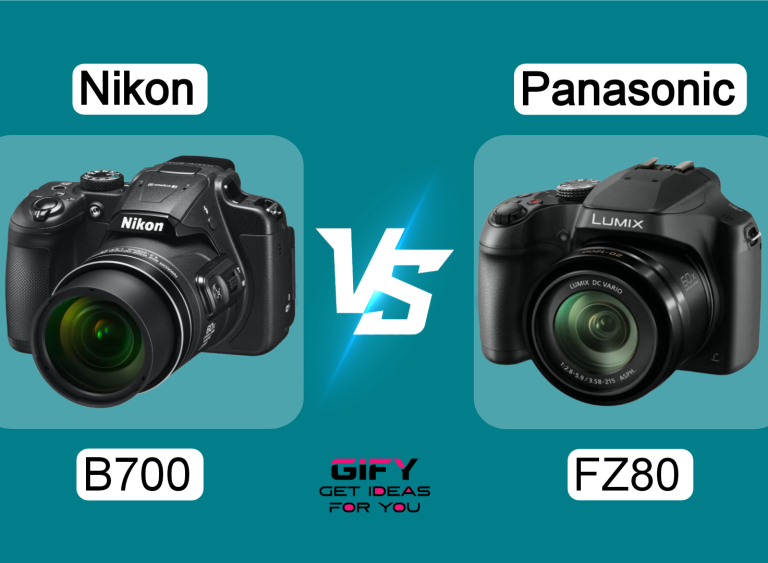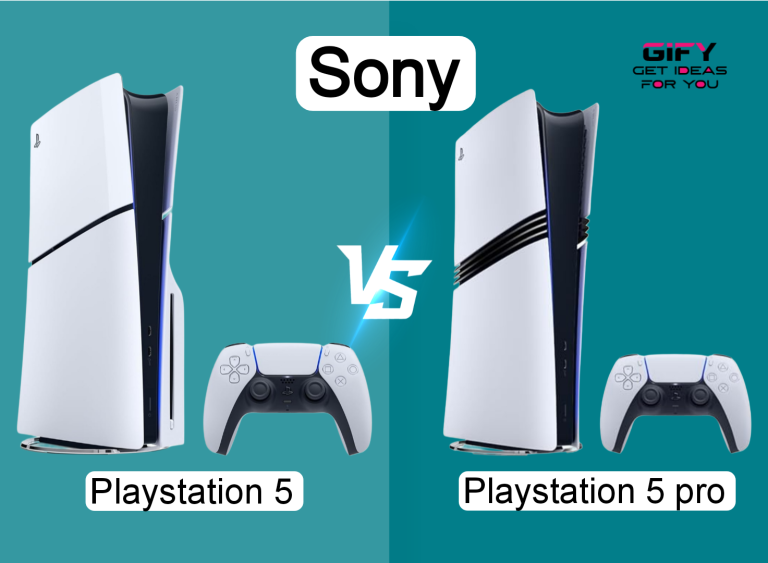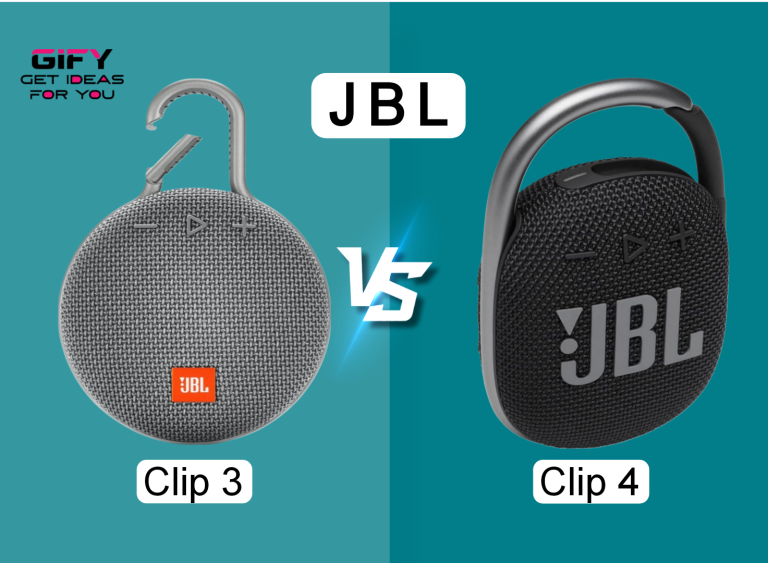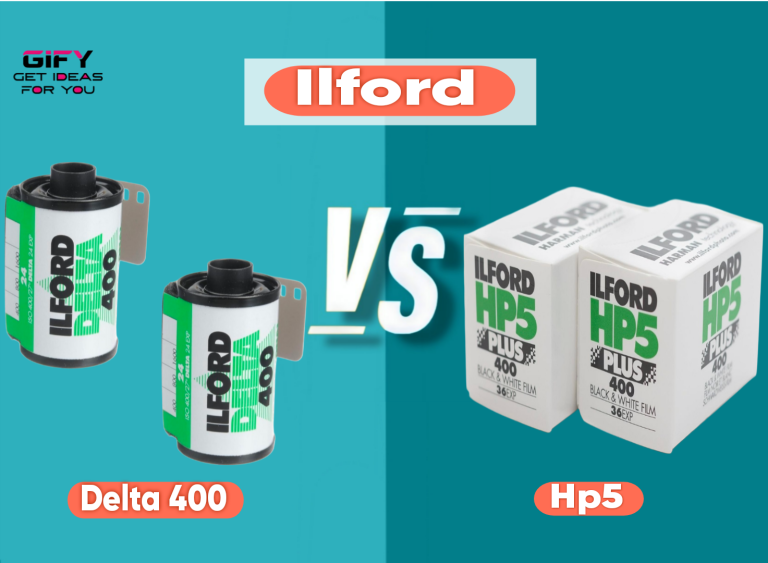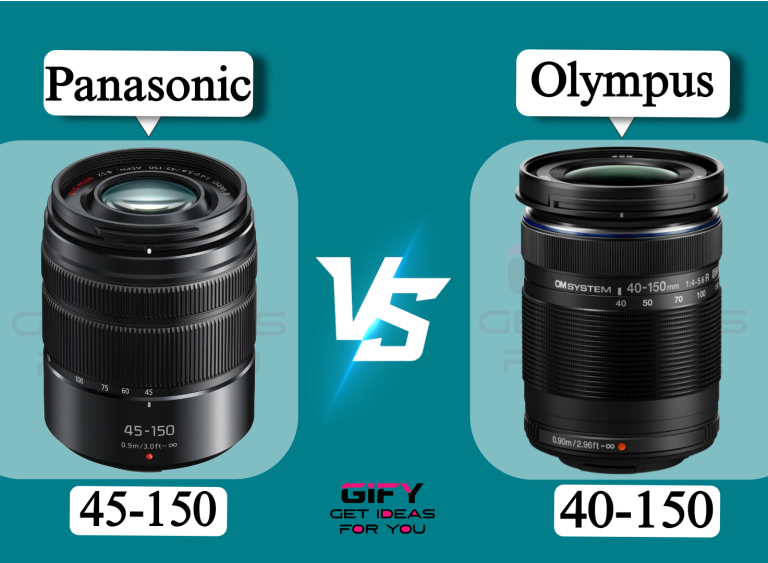Panasonic GH5S vs Sony A7SII has been a hot topic among videographers and content creators who want cinematic quality without stepping into high-budget cinema gear. Both cameras earned a legendary reputation in the filmmaking community,
each offering unique strengths tailored for professionals and enthusiasts aiming for top-tier video production. The GH5S impresses with its incredible low-light performance, multi-aspect sensor, and advanced video recording features, making it a favorite for run-and-gun shooters and indie filmmakers.
On the other hand, the Sony A7SII stands tall with its full-frame sensor, outstanding dynamic range, and proven reliability in professional productions, especially in challenging lighting conditions.
The debate around Panasonic GH5S vs Sony A7SII often revolves around image quality, usability, and flexibility in different shooting environments. Videographers praise the GH5S for its versatile recording formats and unlimited recording times,
while the A7SII’s full-frame advantage delivers exceptional depth of field and cinematic looks. Both cameras offer professional-grade features, but they cater to slightly different needs, which makes the decision a crucial one for any filmmaker.
This detailed comparison explores every important aspect so you can decide which camera will elevate your creative projects to the next level.
Panasonic GH5S vs Sony A7SII: 4K Digital Camera.
Panasonic GH5S vs Sony A7SII is one of the most discussed matchups in the world of filmmaking and content creation. Both cameras deliver professional-level performance,
yet they serve different styles of shooting. The GH5S offers Micro Four Thirds flexibility, advanced video options, and durability, while the A7SII comes with a full-frame sensor,
superb low-light capability, and excellent stabilization. This article explores both cameras in detail to help you decide which one suits your needs best.
Panasonic GH5S : 10.2 MP Mirrorless Camera with High-Sensitivity MOS Sensor.
Product Details
The Panasonic GH5S comes with a 10.2-megapixel Micro Four Thirds sensor. It offers a wider dynamic range and uses Dual Native ISO for sensitive video capture with low noise.
The rugged magnesium alloy body resists dust, splash, and freezing temperatures down to -10 degrees. Recording is unlimited in-camera with formats including C4K, 4K, and Full HD at high frame rates.
Anamorphic video mode adds professional flexibility. The body includes twin SD card slots, HDMI Type A, USB-C, headphone, microphone, and timecode support for serious production setups.
Features
– 10.2MP Micro Four Thirds sensor with Dual Native ISO
– Rugged design: splash, dust, and freezeproof
– Unlimited C4K and 4K recording with 10-bit 4:2:2 options
– Full HD at up to 240fps slow motion
– Anamorphic video mode for cinematic looks
– Connectivity: HDMI, USB-C, mic and headphone jacks, timecode support, twin SD slots
What is the good?
The GH5S stands out for video shooters. Unlimited recording, anamorphic mode, and 240fps Full HD slow motion make it highly versatile. Dual Native ISO provides strong low-light results.
The rugged design allows use in tough conditions. The wide range of ports and timecode support makes it easy to use in professional workflows.
What is the bad?
The resolution is limited to 10.2MP, which is not ideal for photographers who also want detailed stills. Autofocus performance can feel slower compared to some competitors. The Micro Four Thirds sensor produces less shallow depth of field than a full-frame camera.
Overall Opinion
The Panasonic GH5S is built for filmmakers who want flexibility, advanced recording formats, and a durable body. It may not please hybrid shooters who want equal strength in still photography, but for video-focused creators, it is a serious production tool.
Sony A7SII : 12.2 MP E-mount Camera with Full-Frame Sensor.
Product Details
The Sony A7SII features a 12.2-megapixel full-frame Exmor CMOS sensor. The full-frame design provides excellent depth of field control and strong performance in low light.
It includes 5-axis image stabilization to keep footage steady. Sony’s BIONZ X image processor powers fast performance, while the enhanced hybrid autofocus improves tracking.
The body supports Sony E-mount lenses, offering a wide selection for different shooting styles. The package includes battery, charger, strap, caps, and cables.
Features
– 12.2MP full-frame Exmor CMOS sensor
– 5-axis image stabilization
– Enhanced fast hybrid autofocus system
– BIONZ X image processor with Clear Image Zoom
– Lens compatibility: Sony E-mount lenses
– Includes battery, charger, strap, caps, and cables
What is the good?
The Sony A7SII excels in low light, thanks to the full-frame sensor and larger pixels. Dynamic range is excellent. 5-axis stabilization adds smoothness to handheld footage.
Autofocus is faster and more reliable than many other models of its time. The E-mount system offers great lens choices, from wide to telephoto.
What is the bad?
The A7SII limits 4K recording to 8-bit formats internally. Recording times can be restricted due to heat. Battery life is shorter compared to newer models. The menu system feels complex for beginners. Price can also be high for users on a budget.
Overall Opinion
The Sony A7SII is a solid choice for filmmakers who need excellent low-light performance and full-frame cinematic depth. It lacks some modern video features and
longer recording options, but its image quality and stabilization make it a strong option for professional video projects.
Details Comparison : Panasonic GH5S vs Sony A7SII.
Panasonic GH5S vs Sony A7SII creates an interesting balance between Micro Four Thirds versatility and full-frame cinematic quality. The GH5S offers advanced video features such as 10-bit recording, anamorphic mode,
and unlimited recording time. It also has a rugged, weather-sealed body that suits outdoor work. The Sony A7SII focuses more on low-light performance, full-frame depth, and reliable autofocus. Both cameras deliver professional results,
but they target slightly different needs. Filmmakers who want advanced recording flexibility may prefer the GH5S, while those who need full-frame quality and strong stabilization may lean toward the A7SII.
Related Articles
FAQs
Which is better for low light, Panasonic GH5S or Sony A7SII?
Sony A7SII performs better in very low light thanks to the full-frame sensor and larger pixel size. The GH5S still does well, especially with Dual Native ISO, but the A7SII holds the edge in extreme conditions.
Does the Panasonic GH5S have image stabilization?
No, the GH5S does not have in-body stabilization. It relies on lens stabilization. The Sony A7SII includes 5-axis image stabilization in the body.
Can both cameras record 4K video?
Yes. The Panasonic GH5S supports 4K and C4K with 10-bit formats and unlimited recording. The Sony A7SII records 4K internally at 8-bit and can output higher quality through HDMI.
Which camera is more durable?
The Panasonic GH5S is designed with a magnesium alloy body that is splash, dust, and freezeproof. The Sony A7SII is solid but does not offer the same rugged weather-sealed design.
Conclusion
Panasonic GH5S vs Sony A7SII is not a one-size-fits-all choice. The GH5S is a filmmaker’s tool for advanced recording formats, durability, and professional video workflows. The Sony A7SII delivers cinematic full-frame quality,
better autofocus, and stronger low-light ability. Both stand as proven tools for creators, and the right choice depends on your shooting style, budget, and project needs.




